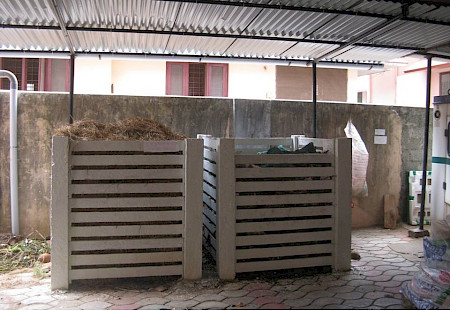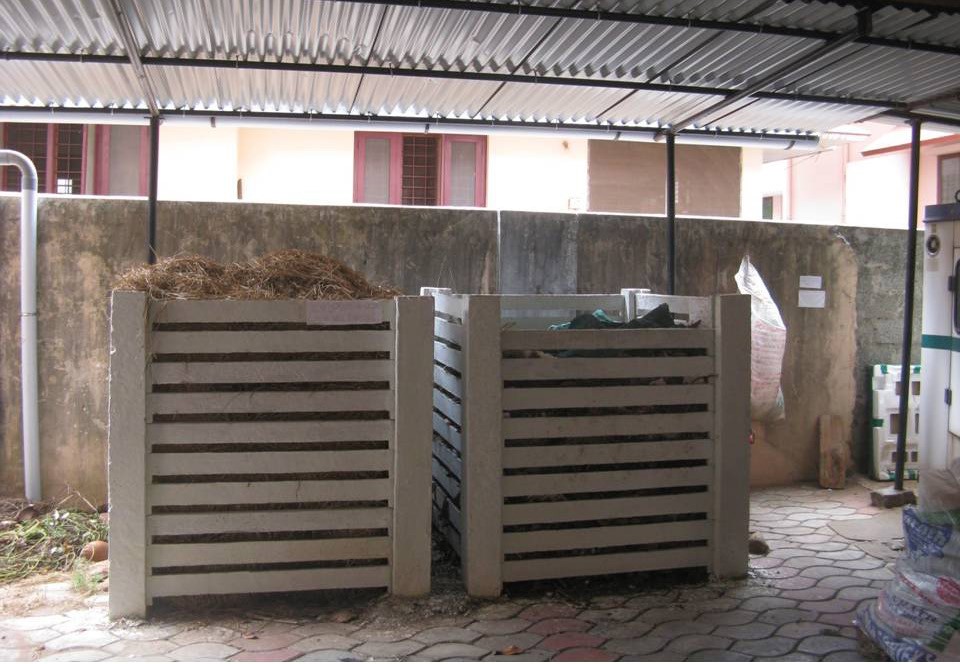Location: Matsapha, Eswatini
Keywords:
"Household sorting"
" composting"
ACHIEVING A ZERO LANDFILL COUNTRY THROUGH DECENTRALISED WASTE MANAGEMENT SYSTEM: CASE STUDY OF MATSAPHA, ESWATINI (SWAZILAND)
The objective of the project was to reduce the dependence of land for dumping of garbage and drive the goal of making Swaziland the first country in Southern African to be a zero-landfill country. The initiative of the project was led by Swaziland Environment Authority in conjunction with Centre for Science and Environment providing technical support. The major Urban Town Council, Matsapha was also involved in the set-up of the project in terms of provision of infrastructure, manpower and bye-laws to support waste segregation. Other stakeholders involved in the project includes; Community Co-operatives/Groups, Hotels, Tourism Sector, NGOs and Households.
The project commenced with mapping of two hundred (200) households in Mobeni in Matsapha, an urban area in Swaziland. The identified households had to compulsorily segregate waste, thus a sticker was put on the door of every mapped house to show commitments towards the project. Also, pamphlets providing details on how to conduct waste segregation was provided. The Municipality provided a bin and two bags to each household to assist in the process of collection; the bin for wet waste and a bag each for dry recyclables and domestic hazardous waste, respectively. For the area where door-to-door waste collection was more prevalent, the municipality provided more infrastructure such as vehicles, push carts and equipment for transportation and equipment. The wet waste is collected every day while the dry and hazardous waste is collected once every week.
On collection, the wet waste is transported to a composting site, where the collected waste will be aerobically composted (in the presence of oxygen) in either an aerobic bin or with box composting as seen in figures 1 and 2 below. The dry waste is sent off for recycling by the waste collectors to the nearest dry waste collection centre, hence providing an opportunity for collectors to be incentivised thereby improving livelihoods of the informal sector. At the dry waste collection centre, recyclable materials are sorted further into various categories to be sent to recyclers while the dry hazardous waste is transported to a dedicated storage disposal facility. The availability of compost from wet waste helped to establish a market linkage and a business model through sales which created jobs and businesses hence establishing a replicable green business model.
The adoption of the decentralised waste management approach lays the foundation for strengthening existing waste management systems as it creates an opportunity to move from waste management to resource management, meaning that it enhances recycling of valuable materials, and the project can be easily replicated.
Data source and further reading:
https://www.cseindia.org/content/downloadreports/8984
